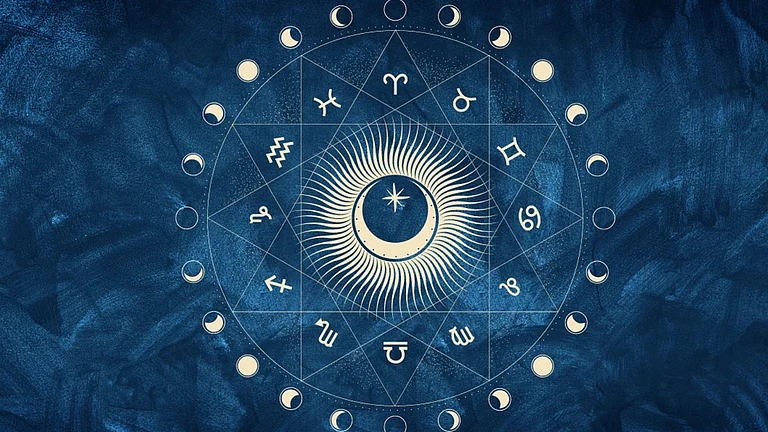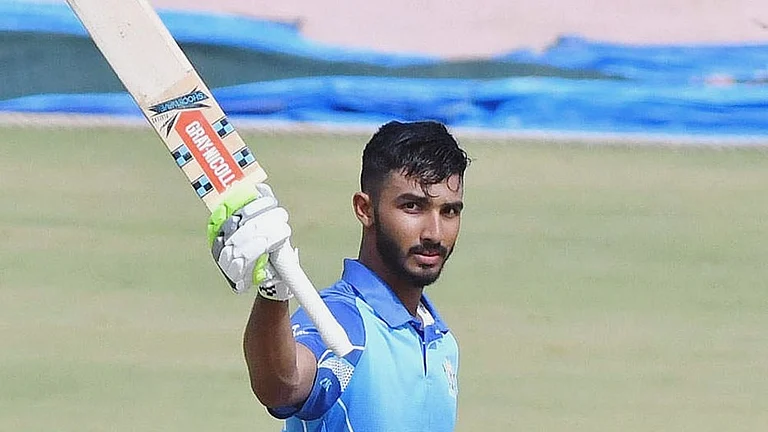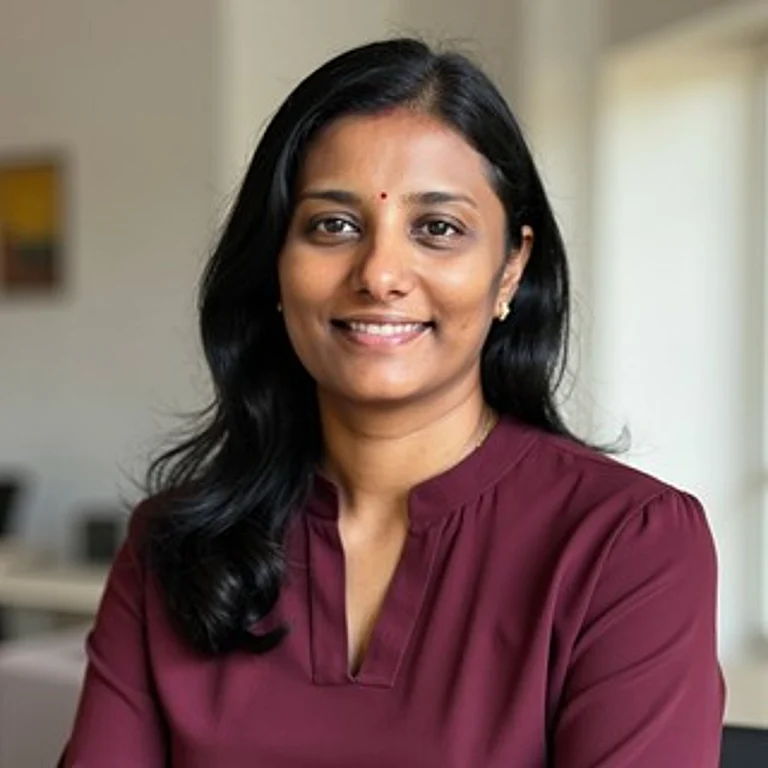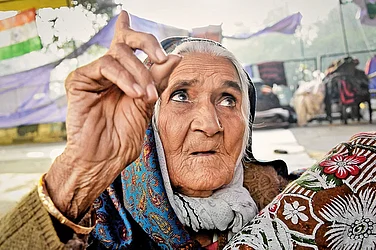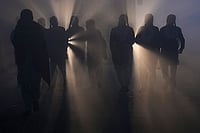Ever since the West was exposed to the aesthetics of Kathakali half-a-century ago, several buffs of the south Indian dance-drama have spoken of an irony: the colourful costume of the classical ballet managing to cloak the charm of the physical kinetics of the Kerala performing art. The Sangeet Natak Akademi (SNA) is currently on a mission to unveil some of the ‘body beauty’ of the Dravidian form by organising a special documentation series lasting ten days.
In the second half of the January 16-25 project in the national capital, the apex governmental institution hosted a session that saw a senior Kathakali exponent and his team staging some of the art’s classroom techniques as well as scenes—minus the famed make-up and regalia associated with it. A two-hour programme at SNA’s Meghdoot gallery on Sunday evening was primarily aimed at enriching the 1952-founded Akademi’s archives that has audio-visual records of a range of Indian heritage material.

Rising to the occasion, septuagenarian Kathakali exponent Sadanam P.V. Balakrishnan, along with fellow dancers, vocalists and percussionists totalling no less than a dozen-and-a-half, brought to light nuggets from the repertoire of the four-century-old art and some of its coaching lessons at the primary level. Aptly, the endeavour covered all the three major surviving Kathakali schools: central, southern and northern.
Malabar-born Balakrishnan, who was largely trained in Kathakali by (late) Keezhpadam Kumaran Nair at Sadanam east of Ottapalam in middle Kerala, is equally exposed to the northern (Kalladikodan) and central (Kalluvazhi) styles of the art. Delhi’s International Centre for Kathakali, where Balakrishnan taught for 32 years before retiring as its principal in 2006, has the art-form’s southern (Kaplingadan) practitioners, who supplemented the forum with glimpses from their style prevalent across the Travancore belt downstate.
Balakrishnan, 73, began the session with an introduction about the navararasas—or nine facial emotions—employed in Kathakali with thorough stylisation. Interestingly, he did not choose the conventional sitting posture, instead backed up each mood with supplementary body language.

If that was clearly lecture-demonstration-oriented improvisation, the master later came up with an onstage Kathakali passage (though without costumes) where such range of emoting is presented in a story-play. ‘Bali Vijayam’ has the anti-hero Ravana huddled in a love scene with his wife Mandodari, to whom the mythological Lankan emperor’s ten faces compete to kiss in a moon-lit night. Here, each of the visages would produce a different rasa—though, there will be ten in total with the addition of lajja (blushing) and paribhavam (love-quarrel) minus shantam (calmness).
Balakrishnan, who is an SNA awardee, earlier portrayed a 15-minute wedding scene devoid of hand gestures and background lyrics. To the accompaniment of the drums chenda (led by Panjal Unnikrishnan, Cheruthazham Kunhirama Marar, Sadanam Abhishek) and maddalam (Parassinikadavu Manoj, Sadanam Vijesh) besides the gong and the cymbals (by musicians Kottakkal Jayan and Kalamandalam Manikandan), the motley gathering saw the Arjuna-Subhadra marriage from the play ‘Subhadraharanam’, with fellow artistes Kalabharathi Kalyanakrishnan (heroine), Kalamandalam Anilkumar (Krishna) and Hemant Kumar (Indra).
This was followed by select chapters from Kathakali classrooms. Evoor Rajendran Pillai, Sadanam M.N. Harikumar and Thiruvattar Jagadeesan Nair demonstrated circular vattamvachu kalasams and basic footwork numbers in practice as well as those facing near-oblivion.

“My effort is to preserve as much lessons, some of which are slowly fading out,” said Balakrishnan, who hails from a village near Taliparambu in Kannur district where he first learnt Kathakali under Kondiveettil Narayanan Nair. “Some of them may end up existing only in SNA archives now.”
Ashtakalasam, a famed eight-segment piece signifying joyous occasions in Kathakali, revels in different styles across Kerala—a couple of which Balakrishnan and team essayed at the Sunday recording. The complicated rhythmic pattern, which Kumaran Nair further improvised, found application in stories such as Kalyana Sougandhikam (for Hanuman, first done in 1964) and Thorana Yuddham (for the same monkey-god, composed four years later) and later for Kusha and Lava (the sons of Lord Rama, in the story Lavanasura Vadham), recalled Balakrishnan, who is now a guest lecturer at Kalakshetra Foundation, Chennai.

The session concluded with a grotesque bibhatsa-centric scene from Bakavadham (where Pandava prince Bhima sees [and depicts] the macabre jungle sights in the vicinity of the demon Baka). Contrasting that was the penultimate item—a shringara-filled song from Nalacharitam, where the love-struck hero is wistful about the beauty of his would-be wife Damayanti.
Besides doing the verbal explanation of each showpieces, Balakrishnan also sat for a while posing as a teacher in Kathakali classroom.
The SNA project, under the Union ministry of culture, will continue till Wednesday, with three Kathakali shows on every evening from Monday. For five days from January 16 was a workshop where Balakrishnan gave Kathakali classes to youngsters, who also included students of other classical dances such as Bharatanatyam and Odissi.
(The video shows bits from earlier performances of Sadanam P.V. Balakrishnan in Kathakali costumes.)







